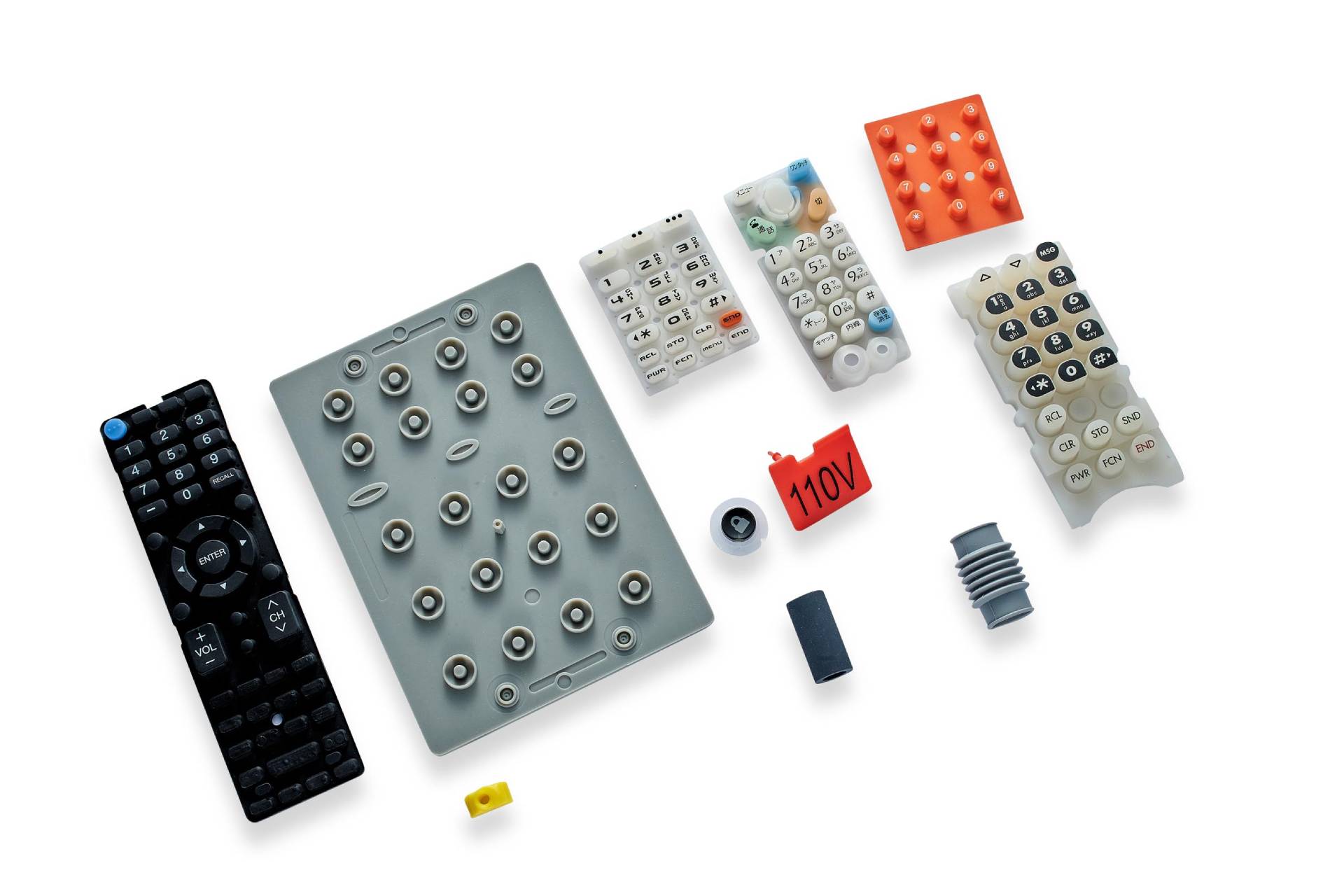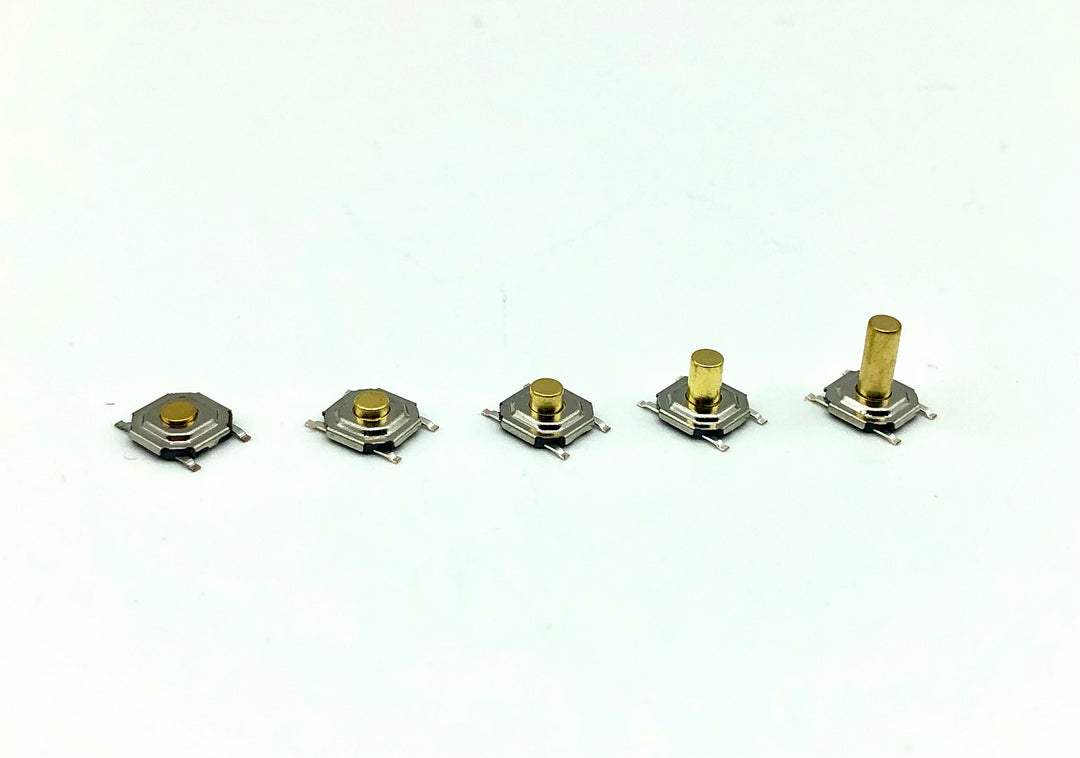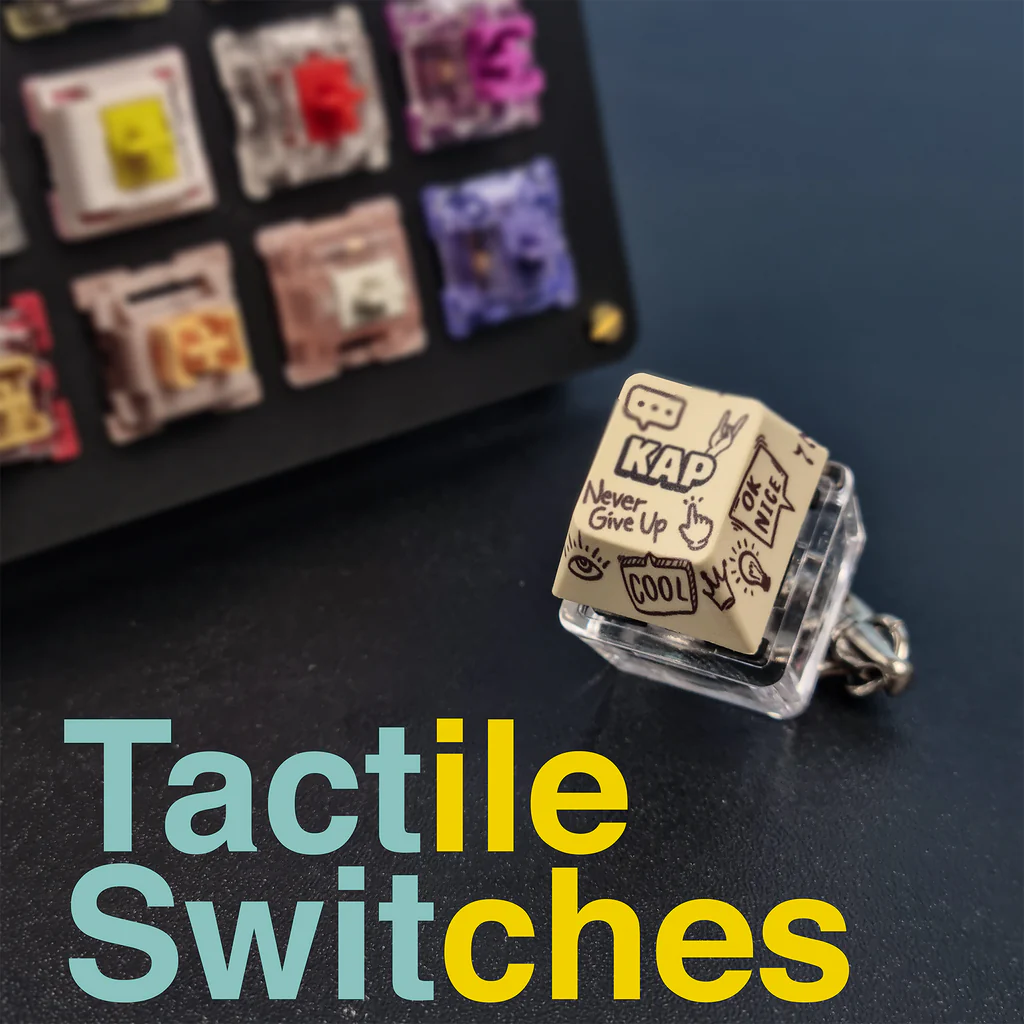Many professionals rely on tactile switches to enhance comfort while typing for extended periods.
Comprehending the Benefits of Tactile Switches Over for Enhanced Individual Experience
Responsive buttons are important to contemporary customer interfaces, offering physical responses that improves interaction precision and individual fulfillment. By offering an unique sensation upon activation, tactile switches validate customer inputs without the requirement to divert aesthetic attention, enhancing job execution and reducing error rates.
Checking Out the Mechanics of Tactile Switches Over
To recognize just how responsive buttons enhance individual experience, it is necessary to dig into their mechanics. Responsive buttons run with a device that individuals can feel and hear when a key is pressed. This is attained by including a little dome or bump within the button, which produces resistance at a particular point in the keypress pathway. When this point is surpassed, the resistance offers means, generating a recognizable 'click.' This physical experience is important as it supplies prompt physical responses to the user, validating that the input has been made without needing to turn on the switch completely.
The building of these buttons varies, but usual materials include steel for the calls and rubber or silicone for the tactile dome - tactile switches. These components are crafted to endure countless cycles, making certain resilience and consistent performance in time. This reliability makes responsive buttons particularly favored in atmospheres that demand quick, specific user input
Just How Tactile Feedback Improves Accuracy and Rate
Many individuals discover that tactile comments from switches substantially boosts both the precision and speed of their communications with tools. The unique physical sensation offered when a responsive switch is actuated allows users to confirm their input without requiring to double-check visually. This verification is critical in atmospheres where attention is split throughout numerous tasks, as it makes sure inputs are both willful and appropriate.
Moreover, the instant responses from responsive switches minimizes the time taken in between activities. Individuals do not have to push secrets find here numerous times to ensure activation, bring about quicker action times. This performance is particularly useful in high-speed keying situations where each nanosecond can add to general efficiency.

Additionally, the enhanced sensory experience minimizes customer tiredness and raises interaction, making interactions a lot more instinctive and much less susceptible to mistakes - tactile switches. Hence, tactile switches not only boost the performance of a tool yet additionally contribute to a much more gratifying user experience
The Role of Tactile Switches Over in Gaming Performance

Additionally, responsive switches add to much faster response times. The physical experience validates the crucial press without the demand to base out the tricks, enabling quicker inputs and a smoother video gaming experience. This is especially advantageous in games that require quick and repeated keystrokes, where speed is frequently as critical as accuracy.

Tactile Buttons in Specialist Environments
Tactile buttons are just as transformative in specialist atmospheres, where performance and ergonomic design improve efficiency. These buttons, generally located in high-precision key-boards, are prized for their receptive feedback - tactile switches.
In settings like control rooms or studios, tactile buttons are incorporated into equipment for their dependable efficiency. They provide drivers the certainty required in high-stakes environments, making sure that Check This Out every command or change is implemented as planned. This dependability, coupled with the responsive feedback, assists keep high levels of concentration and operational effectiveness, important in preserving operations and meeting specialist standards.
Contrasting Tactile and Non-Tactile Individual User Interfaces
Just how do responsive customer interfaces compare to their non-tactile equivalents? Responsive interfaces, such as those with physical buttons or distinctive surfaces, provide instant physical feedback through touch.
The option in between tactile and non-tactile interfaces usually depends on the application's context and user demands. Responsive user interfaces are very useful in situations requiring procedure without direct line of sight, such as driving or in particular commercial settings.

Verdict
In conclusion, responsive buttons significantly improve customer experiences by providing necessary physical comments. By supplying a much more user-friendly and satisfying interaction, tactile buttons prove exceptional to non-tactile user interfaces, making them a preferred choice for users looking for reliability and performance in their interactions with technology.